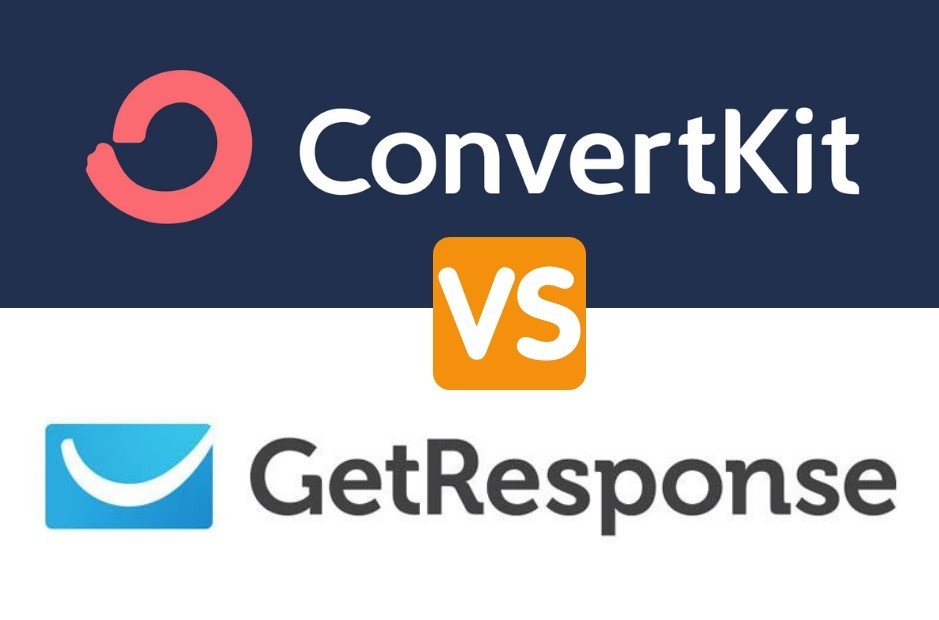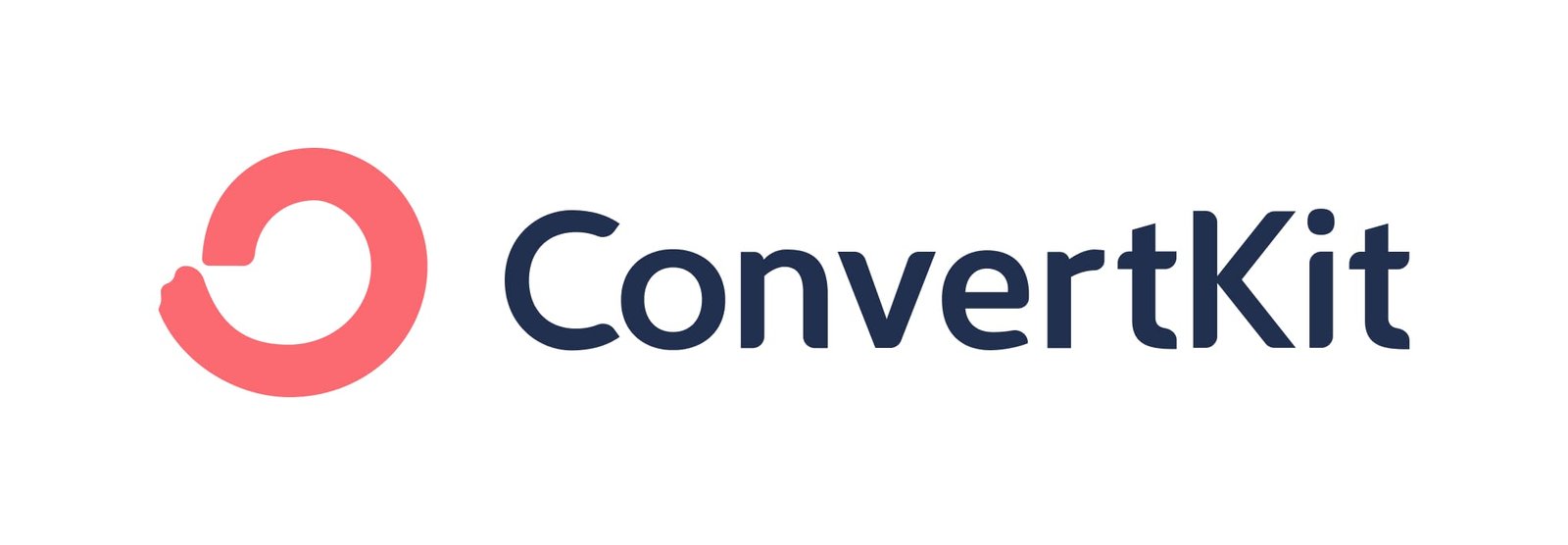Choosing the right email marketing platform is crucial for businesses of all sizes. Two of the most popular options are ConvertKit and GetResponse. Both offer a robust set of features, but they cater to slightly different needs. This in-depth analysis of ConvertKit vs GetResponse will help you decide which platform is the best fit for your email marketing goals.
Understanding Your Needs
Before diving into the specifics of ConvertKit vs GetResponse, it’s essential to understand your email marketing needs. Here are some key factors to consider:
- List size: How many subscribers do you have, and how quickly do you expect your list to grow?
- Target audience: Who are you trying to reach with your emails? Understanding their demographics and preferences will influence the types of campaigns you create.
- Campaign goals: What do you hope to achieve with your email marketing efforts? Do you want to drive sales, generate leads, or nurture relationships with your subscribers?
- Budget: How much are you willing to spend on an email marketing platform?
ConvertKit vs GetResponse: Feature Breakdown
Now, let’s compare the features offered by ConvertKit and GetResponse:
Email Marketing Features
- List building: Both ConvertKit and GetResponse offer a variety of tools for building your email list, including signup forms, landing pages, and popups. However, ConvertKit is known for its subscriber tagging and segmentation capabilities, making it easier to target specific groups of subscribers with relevant content.
- Email creation and automation: Both platforms allow you to create visually appealing emails using drag-and-drop editors or pre-built templates. They also offer email automation features, enabling you to send automated sequences based on subscriber behavior or preferences. However, GetResponse offers more advanced automation functionalities, including workflows with multiple conditions and actions.
- Landing pages and forms: Both ConvertKit and GetResponse provide landing page builders to create high-converting landing pages for capturing leads. GetResponse offers a wider variety of pre-built templates, while ConvertKit focuses on simplicity and ease of use.
Additional Features
- Autoresponders: Both platforms offer autoresponders to send automated email sequences based on subscriber actions or triggers.
- Ecommerce integrations: If you sell products online, you’ll want to consider a platform that integrates with your ecommerce platform. GetResponse offers a wider range of ecommerce integrations compared to ConvertKit.
- Webinars: GetResponse offers built-in webinar hosting functionalities, while ConvertKit relies on third-party integrations.
Pricing
ConvertKit and GetResponse offer different pricing plans based on the number of subscribers you have. Here’s a brief comparison:
ConvertKit Pricing:
- Free plan (up to 1,000 subscribers): Limited features, but good for starting out.
- Creator plan (starts at $29/month): Up to 3,000 subscribers, includes landing pages, forms, and basic automation.
- Pro plan (starts at $79/month): More advanced features, including tagging, segmentation, and advanced automations.
GetResponse Pricing:
- Free plan (limited features, up to 500 subscribers): Good for trying out the platform.
- Basic plan (starts at $15/month): Up to 1,000 subscribers, includes basic email marketing features.
- Plus plan (starts at $49/month): Up to 1,000 subscribers, includes automation, webinars, and landing pages.
- Professional plan (starts at $99/month): Up to 100,000 subscribers, includes advanced features like sales funnels and webinars.
ConvertKit vs GetResponse: Performance
Both ConvertKit and GetResponse deliver excellent email deliverability rates. However, ConvertKit is known for its focus on subscriber engagement, which can potentially lead to higher deliverability rates in the long run.
Choosing the Right Platform
ConvertKit is a good choice for:
- Bloggers and content creators who want to focus on building relationships with their subscribers and sending targeted email campaigns.
- Businesses with smaller email lists who prioritize subscriber engagement and segmentation.
GetResponse is a good choice for:
- Businesses that need a comprehensive email marketing solution with advanced automation features and integrations.
- Businesses that plan to host webinars or integrate their email marketing with their ecommerce platform.
- Businesses with larger email lists who require advanced features and functionalities.
Conclusion
Ultimately, the best platform for you depends on your specific needs and budget. If you’re a blogger or content creator with a smaller list, ConvertKit’s focus on subscriber engagement and ease of use might be a good fit. If you’re a larger business that needs advanced automation features and integrations, GetResponse.
Take your email marketing to the next level with ConvertKit’s powerful features and focus on subscriber engagement! Sign up for your free ConvertKit plan today!


